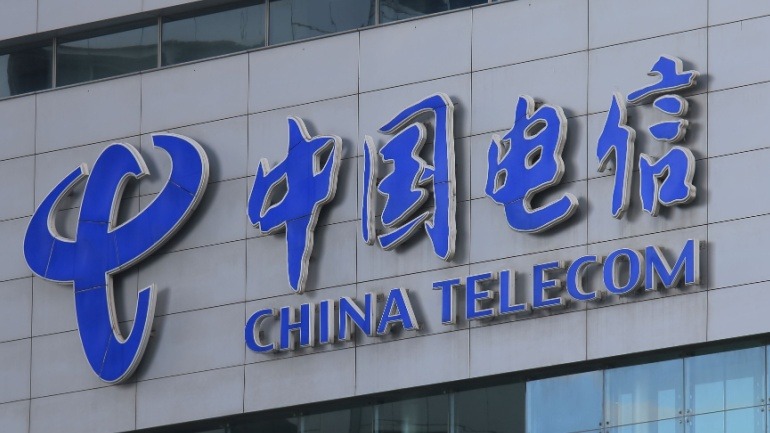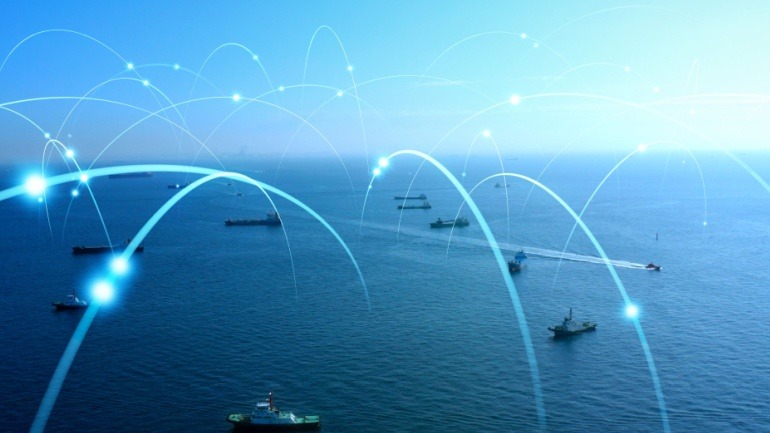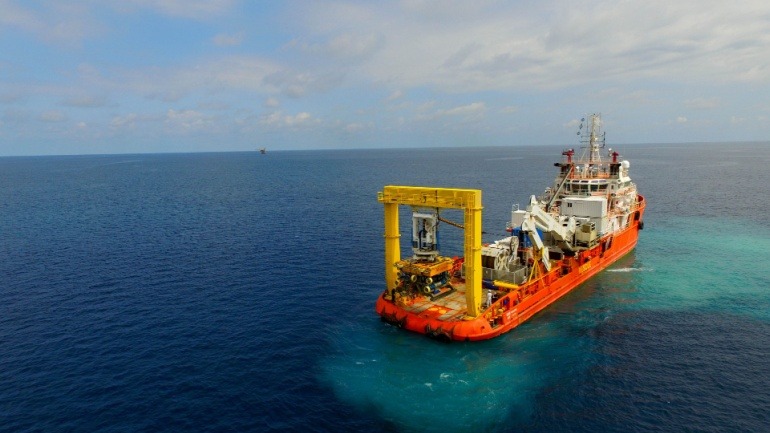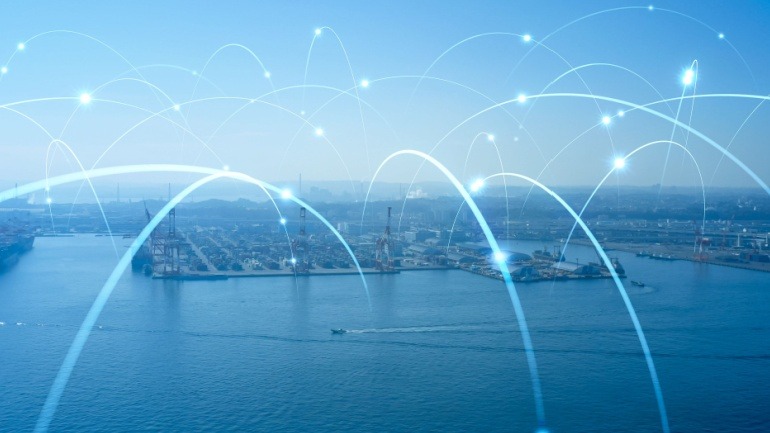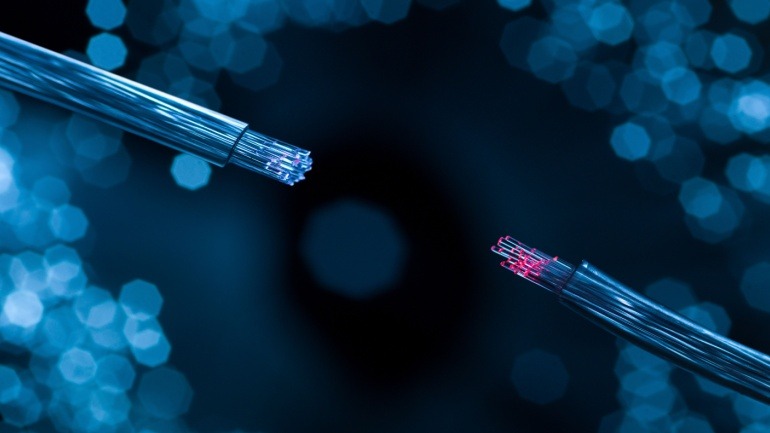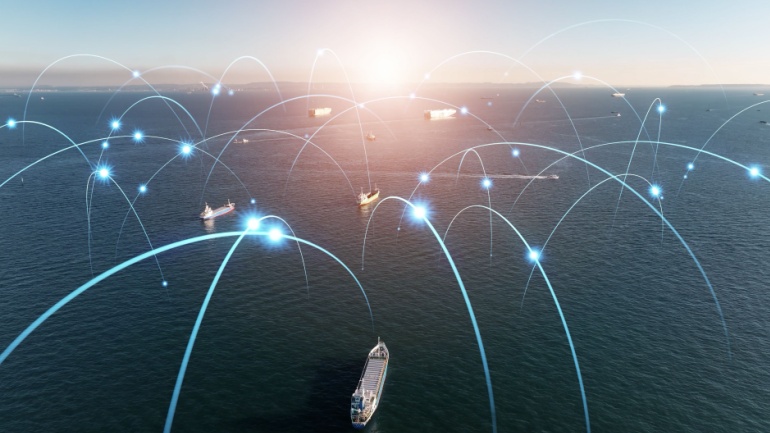China Telecom announced the early completion of the 10,000-km Asia Direct Cable (ADC), the first new submarine link in the Asia-Pacific in over eight years. Developed by a consortium, ADC delivers over 160 Tbps capacity, easing congestion and enhancing cloud and data services.
Ooredoo, in partnership with Alcatel Submarine Networks, has launched the GCC’s largest submarine cable, connecting seven Middle Eastern countries. With up to 720Tbps capacity and 24 fiber pairs, this high-speed infrastructure enhances regional connectivity, supports AI and telecom growth.
The backbone of the internet relies heavily on submarine cables, responsible for around 99% of global data transmission. As the threats to these pivotal cables mount, the UK’s Joint Committee on the National Security Strategy has initiated an enquiry.
Sparkle has partnered with Oceanic Environmental Cables to recycle 22,000 kilometers of unused submarine cables, significantly reducing carbon emissions. By repurposing materials, they drive eco-friendly practices.
Chinese engineers have developed technology to sever undersea communication cables, sparking concerns over potential sabotage. Patents for devices intended to cut cables, including one by Lishui University, suggest a cost-effective method for disruption.
The ITU and ICPC have united to create an advisory body focused on boosting submarine cable resilience. This critical initiative addresses vulnerabilities of cables that manage 99% of global data transfers, facing threats like damage and sabotage.
Sparkle, an international service provider, and Airtel Business have partnered to enhance VoIP connectivity between Asia and Europe via the Blue & Raman Submarine Cable Systems. This strategic agreement promises to diversify and expand global network capacity, catering to increasing data demands and ensuring seamless VoIP services for businesses and consumers.
Telkomunikasi Indonesia International (Telin) teams up with BW Digital to develop the Nongsa-Changi submarine cable system, enhancing connectivity between Batam and Singapore. This strategic alliance aims to support digital economic growth with robust, reliable links for high-density AI applications. Completion is expected by Q4 2025, marking a significant milestone in regional digital infrastructure.
At the Submarine Networks EMEA Conference in London, IOEMA Fibre introduced a new submarine cable that will link key markets across Northern Europe. The 1,400km cable, equipped with repeaters, will connect the UK, The Netherlands, Germany, Denmark, and Norway.
Countries across East and Southern Africa are grappling with a widespread internet outage caused by faults in several submarine cables. According to Cloudflare Radar, which tracks internet disruptions, Tanzania is among the hardest hit, experiencing a significant drop in internet traffic to only 30% of its normal levels.



